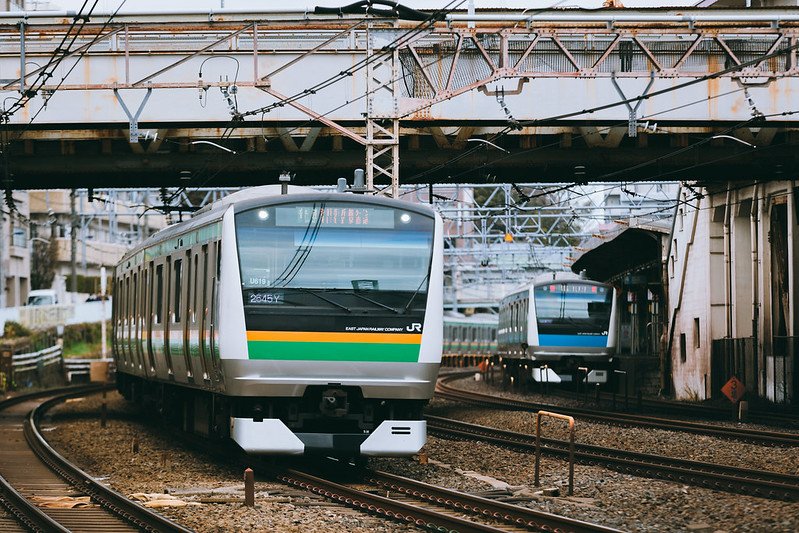Types of Train in Japanese Rail Road System ~ Local to Bullet trains ~ Explained
Before going to Japan, you should know that renting a car or taking a taxi is very rarely needed. The reason for this is because of how extensive and efficient the trains are throughout the country. You can go almost anywhere without needing to do too much walking.
However, there is one caveat to be wary of when taking the trains. There are so many different types of trains to the extent that it has even left Japanese citizens scratching their heads at times trying to comprehend which train to board. Would you be able to guess the difference between semi-express and limited express?
Luckily, you do not need to guess since everything will be explained in this article. Railway companies in Japan sometimes use different names for the same types of trains, so those will be consolidated as best as possible for clarity purposes.
Trains are divided up based on the number of stations they stop at. For example, a local train will stop at each individual station along its route, as opposed to the rapid train that will skip some of the less prominent stations.
Please find a list of the most common train types from slowest to fastest below:
Local: stops at every station.
Semi-Express: skips a station every so often.
Rapid: skips more stations than semi-express but less than the express.
Express: stops only at notable stations.
Rapid Express/Semi-Special Express/Special Rapid: stops only at the most noteworthy stations.
Limited/Special Express: sometimes requires a special fare because of how few stops are made.
Bullet Train/Super Express/Shinkansen: the fastest type of train in Japan that has prices comparable to domestic flights.
There are many other types not covered here such as commuter and luxury, but the names above are the ones you will come across the most.
You will need to check each line’s route map to see which stations you will stop at when boarding one of these trains. Although the maps will be color-coded and translated in English for your benefit, they can still be confusing, so make sure to double-check before deciding to get on a train.


